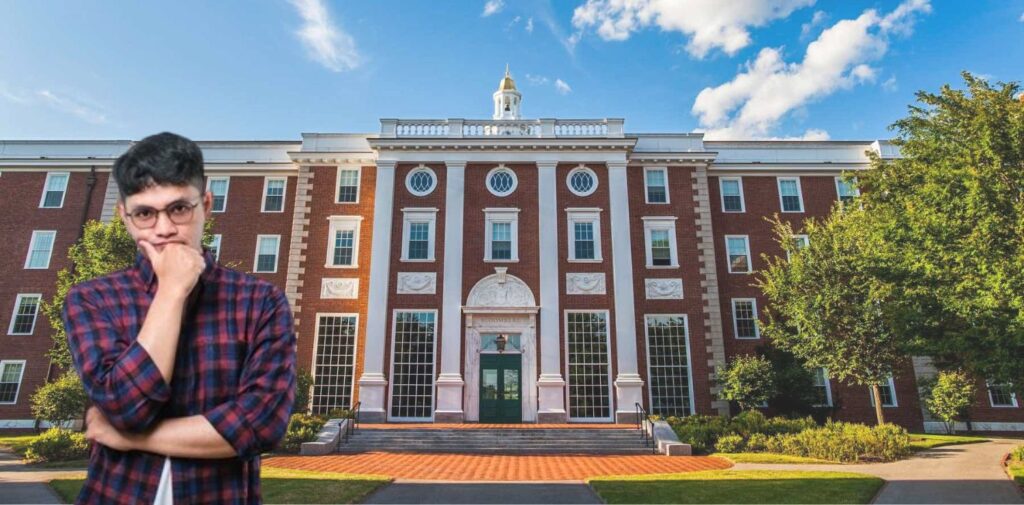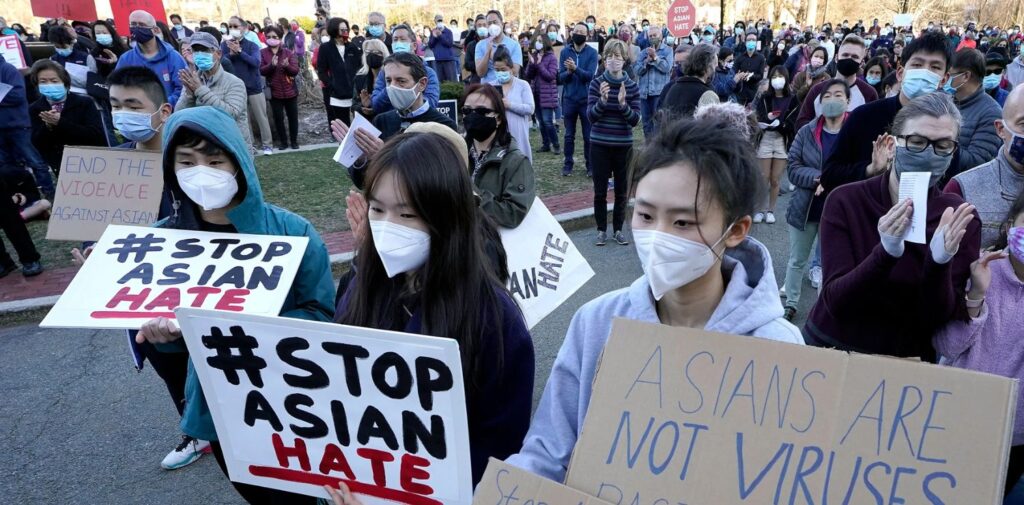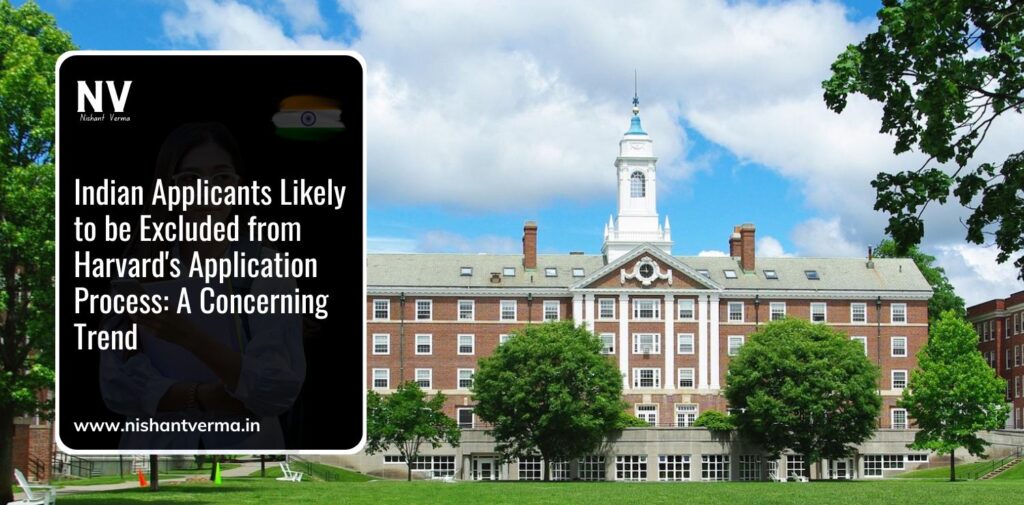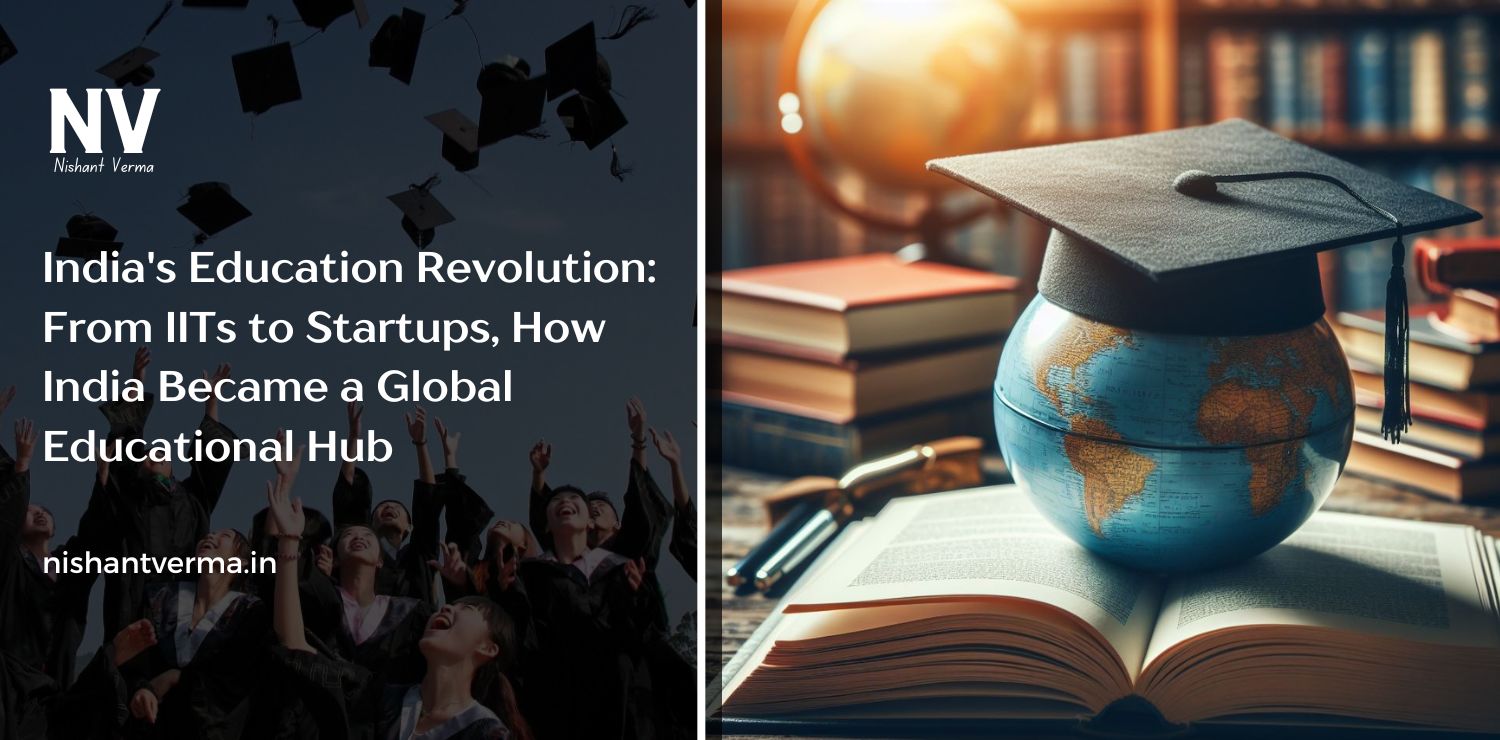In recent years, the debate over admissions at Ivy League institutions like Harvard has gained significant traction, particularly with discussions surrounding Asian-American and Indian-American applicants. This has raised concerns that certain groups might be systematically disadvantaged. The Supreme Court’s recent ruling on affirmative action has intensified these discussions, making many wonder if Indian applicants will soon face increased barriers in the Ivy League’s admission process.
The Tipping Point for Indian Applicants
Indian students have long been recognized for their academic excellence and extracurricular achievements. Despite their strong profiles, many have found it increasingly difficult to gain acceptance into top-tier institutions like Harvard. Malcolm Gladwell’s “Tipping Point” theory suggests that when the representation of a particular group crosses a certain threshold, institutions may subconsciously begin to push back against admitting more students from that demographic. This theory could explain the alleged “Asian cap” that many Ivy League colleges have been accused of implementing.
For Indian applicants, the situation is becoming precarious. As they achieve greater academic success and occupy a more significant percentage of the applicant pool, they might be perceived as too dominant, prompting institutions to limit their acceptance rates. This would mean that even more qualified students could be turned away simply because they belong to an overrepresented group.

Harvard’s History of Bias Against Asian-Americans
The recent legal battles involving Harvard’s alleged discrimination against Asian-American students highlight a troubling trend. The accusations center around claims that Harvard penalized Asian-American applicants in subjective areas like “personal rating,” despite their exceptional academic performance. The fear is that if Harvard adopts similar policies against Indian applicants, we could see a new wave of exclusion that’s less about merit and more about balancing racial representation.
A 2018 lawsuit brought by the Students for Fair Admissions (SFFA) alleged that Harvard used a variety of subjective measures to keep Asian-American acceptance rates lower. Though the court ruled in Harvard’s favor, the case shed light on the opaque and subjective nature of college admissions, sparking debate on whether such practices could soon extend to Indian applicants, especially as the Indian-American population continues to grow.

The Influence of Affirmative Action Policies
Affirmative action has been a double-edged sword in American college admissions. While designed to promote diversity and support underrepresented groups, it has sometimes led to unintended consequences for overrepresented minorities, particularly Asians and Indians. With the Supreme Court’s recent decision to strike down race-based affirmative action policies, there is uncertainty about how this will play out for Indian applicants.
Without affirmative action, some speculate that Harvard and other Ivy League colleges may alter their admissions strategies to maintain diverse campuses by other means, which could include increasing the emphasis on non-academic factors. This could inadvertently disadvantage Indian students, who traditionally excel in academic and standardized testing but may not always have the same level of non-academic experiences or legacy admissions connections as their peers.
The Broader Implications for the Indian Community
Indian families place a strong emphasis on education, viewing acceptance into prestigious institutions like Harvard as a pathway to success and recognition. If a pattern of exclusion develops, it could have far-reaching impacts on the community. The perceived need to overcome such biases could lead to even greater pressure on students to achieve, potentially exacerbating issues related to mental health and well-being.
Moreover, a systemic exclusion from top colleges could stifle the representation of Indians in leadership positions in academia, business, and politics. Ivy League alumni networks play a critical role in career advancement, and being cut off from these networks could hinder long-term success for the next generation of Indian professionals.

What Can Be Done?
The issue of Indian and Asian representation in college admissions is complex and multifaceted. Addressing it requires a nuanced approach that considers both the need for diversity and the importance of fair admissions practices. Advocacy groups and community leaders need to push for greater transparency in the admissions process to ensure that no group is unfairly excluded or discriminated against.
Parents and students should also consider broadening their options beyond Ivy League schools and exploring other institutions that may be more welcoming to Indian applicants. Encouraging Indian students to highlight diverse aspects of their personalities and experiences, rather than focusing solely on academic achievements, could also help mitigate any potential biases.
Conclusion
The possibility of Indian applicants being increasingly excluded from Harvard’s application process is a concerning development. As the admissions landscape shifts in response to legal rulings and demographic changes, the Indian community needs to stay vigilant and advocate for fairness and transparency. Institutions like Harvard must be held accountable to ensure that they continue to provide equal opportunities for all applicants, regardless of race or ethnicity.




